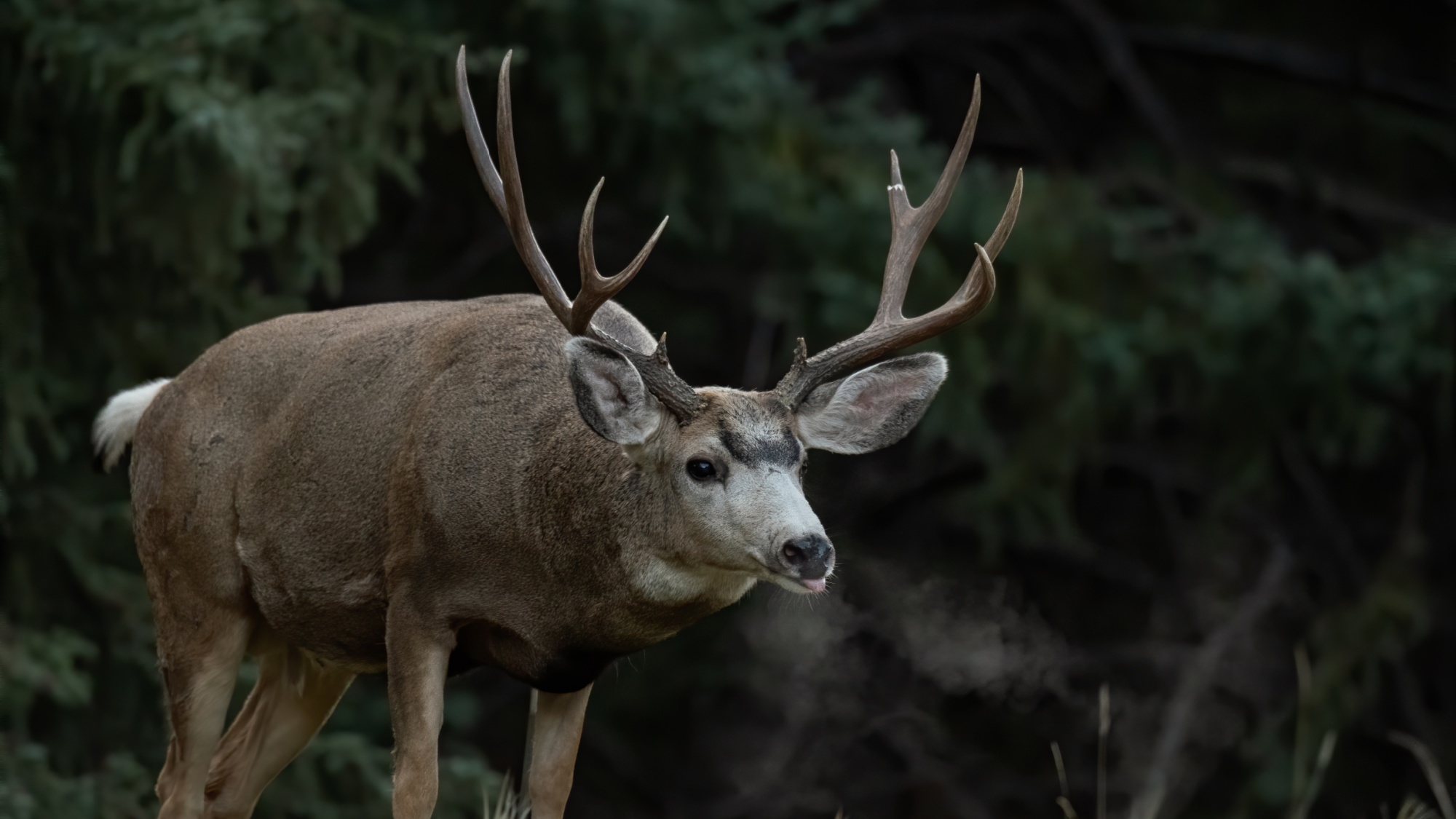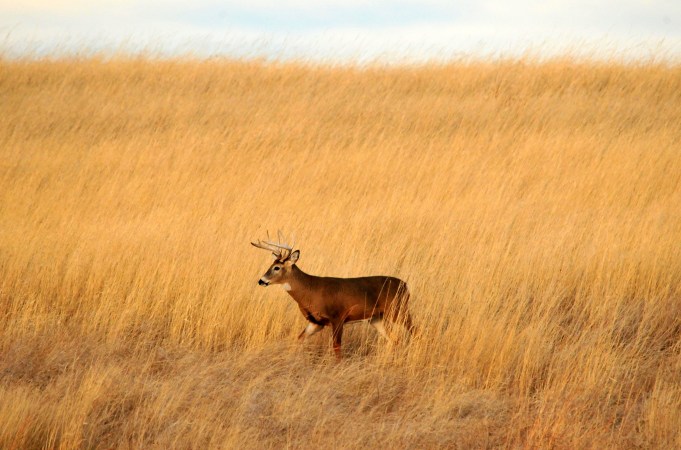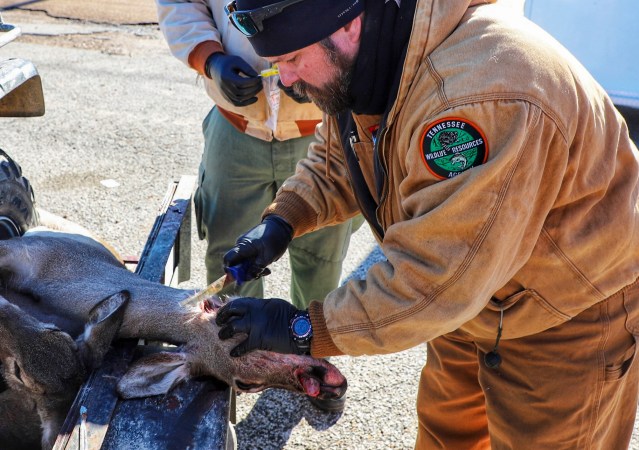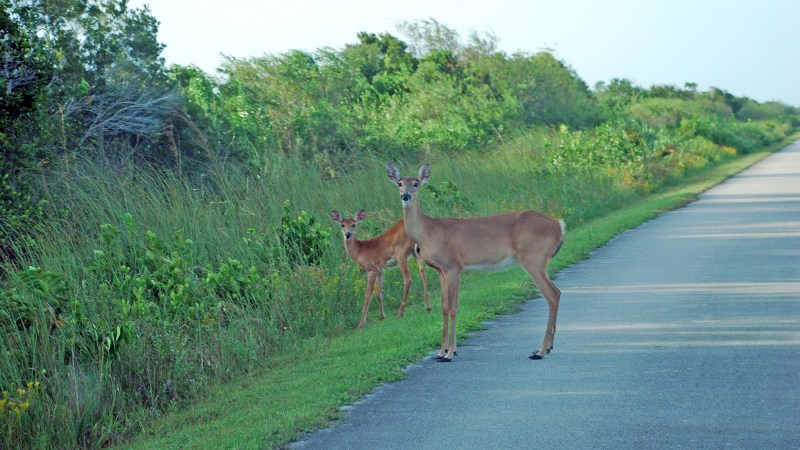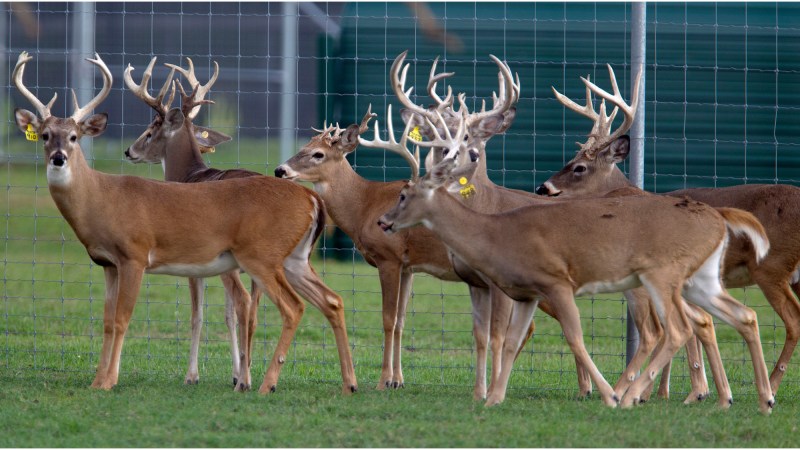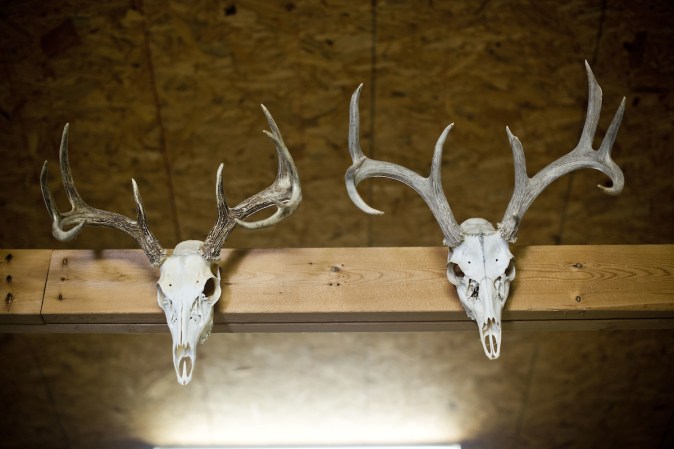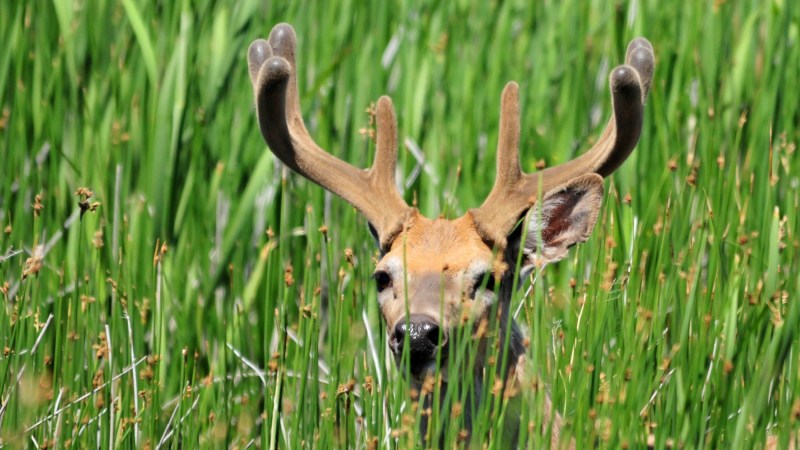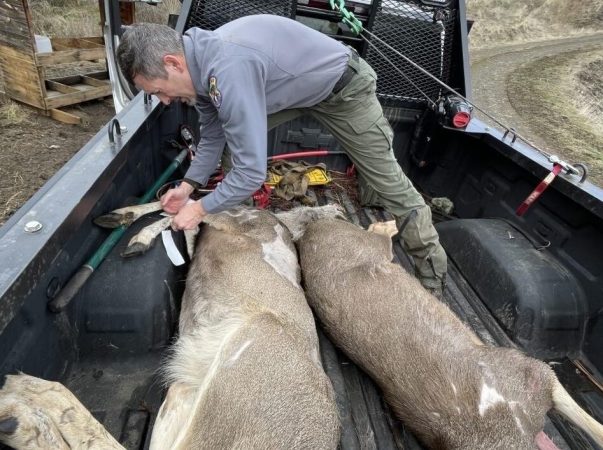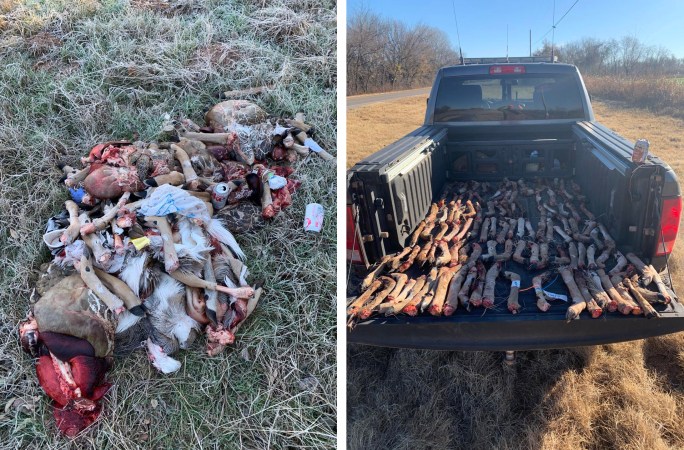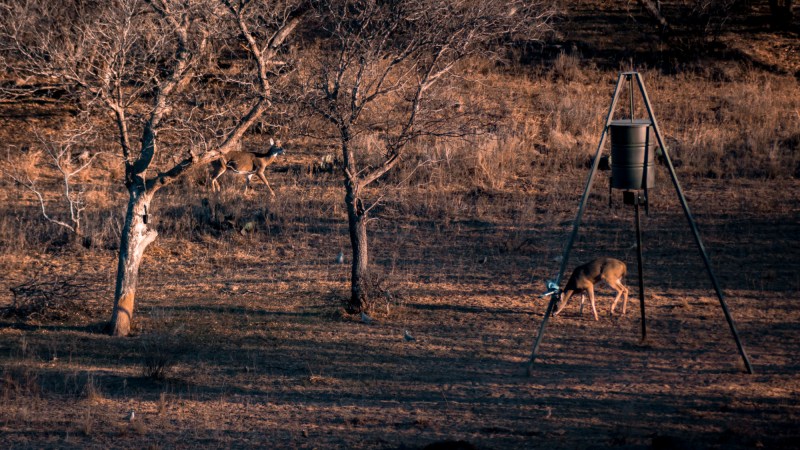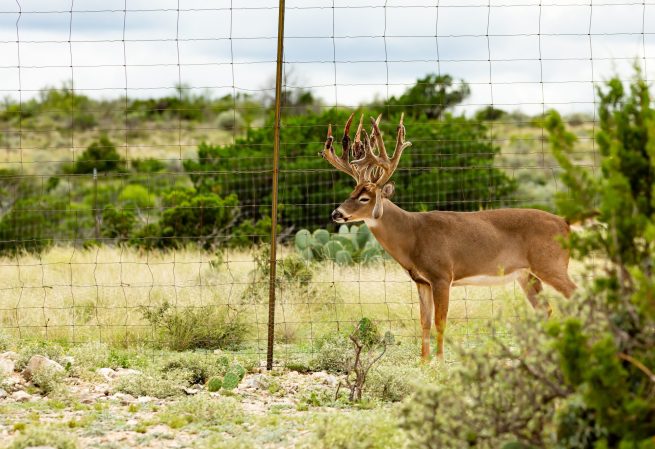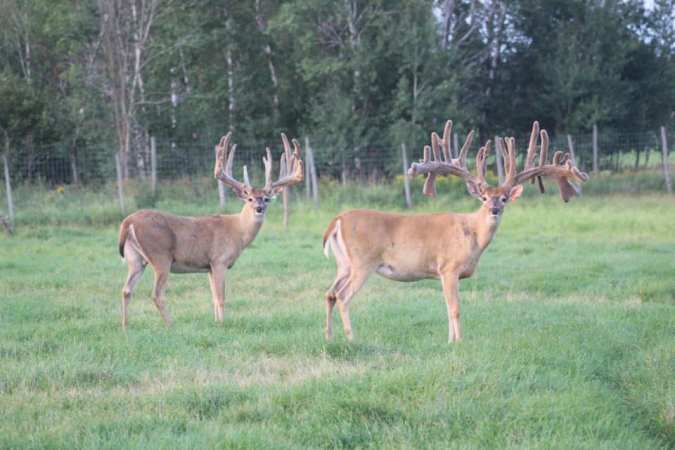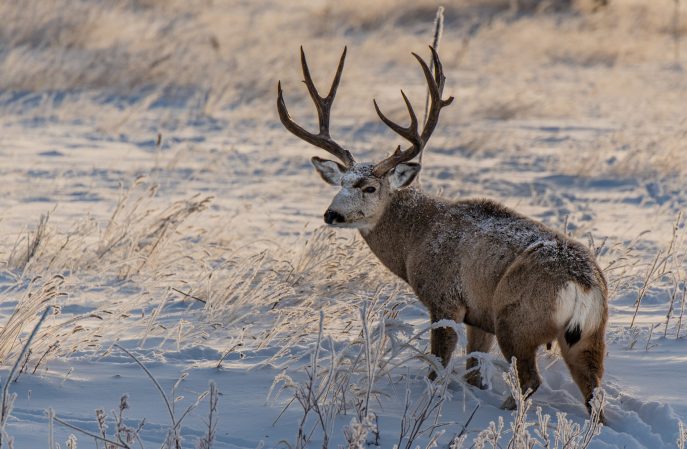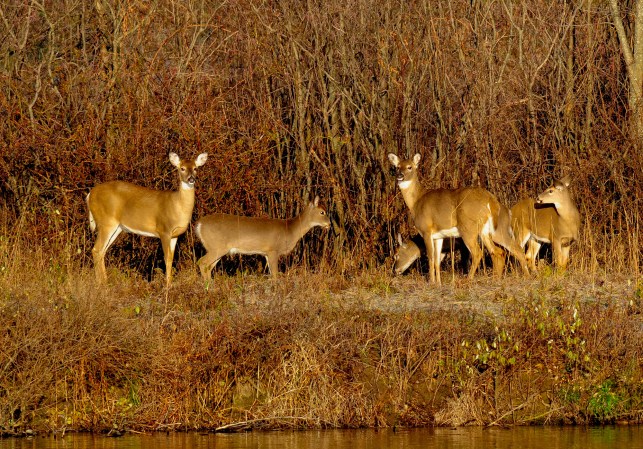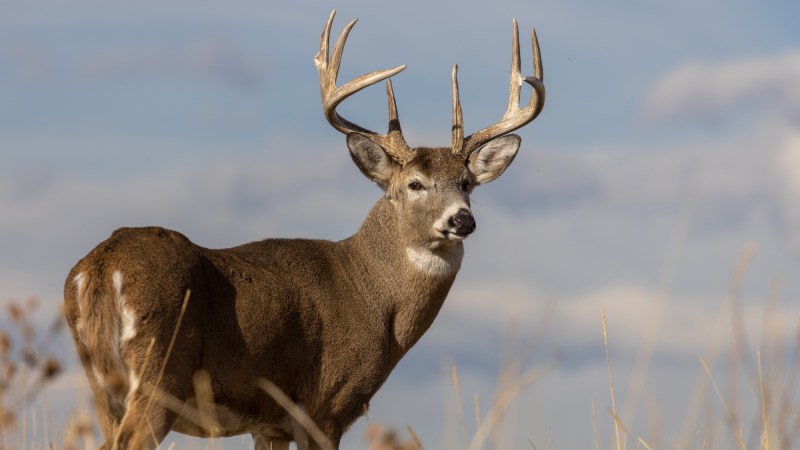British Columbia became the latest Canadian province to confirm the presence of chronic wasting on Wednesday. Both a hunter-harvested mule deer buck and a whitetail doe that died in a vehicle collision tested positive, the British Columbia Wildlife Federation announced the day following the confirmation.
“We have been watching CWD spread province to province, state to state for at least 20 years,” BCWF executive director Jesse Zeman said in the press release. “This is terrible news for British Columbians.”
Both detections occurred in the Kootenay mountain range near the city of Cranbrook, some 30 miles north of the U.S. border. Where the first transmissions of the disease came from is unclear, although the closest known cases to the area were in northwestern Montana and southwestern Alberta as of July 2023, according to the B.C. Chronic Wasting Disease Surveillance and Management Plan.
Seasonal deer movement from Montana and Alberta into B.C. has always been of particular concern to wildlife managers in the region, the plan says. The B.C. Ministry of Forests, Lands, and Natural Resource Operations started surveilling for CWD in 2001. Mandatory testing in wildlife management units near the known positive areas in bordering regions began in 2019. Testing increased tenfold in 2020 and the disease still wasn’t detected. From 2001 to 2022, over 8,000 cervids tested negative for the disease.
B.C.’s whitetail population hovers around 65,000 deer on a good year, with most of those deer concentrated in the southeastern part of the province where the recent positive tests emerged. Mule deer and blacktail deer numbers make up for these low whitetail counts — roughly 165,000 and 150,000 to 200,000 of these deer roam the province on a given year, respectively.
Thanks in part to these healthy game populations, hunting deer and other big game is big business in B.C. Hunting contributed $593 million to the province’s economy in 2018, and over the course of 2022 and 2023, resident hunters purchased approximately 215,000 licenses for deer, elk, and moose. (This number doesn’t factor in Indigenous hunters who don’t purchase licenses from the provincial government.)
Read Next: Manitoba Records Its First Two CWD-Positive Whitetail Deer
Saskatchewan, Alberta, Manitoba, and Quebec are also CWD host provinces. Canada’s first known case of CWD happened on an elk farm in Saskatchewan in 1996. Since then, farmed and wild deer and elk, as well as moose, have contracted and spread the disease in Saskatchewan and Alberta. Only wild deer have contracted it in Manitoba, and Quebec’s lone positive test came from a red deer farm near the southern border with Ontario.

